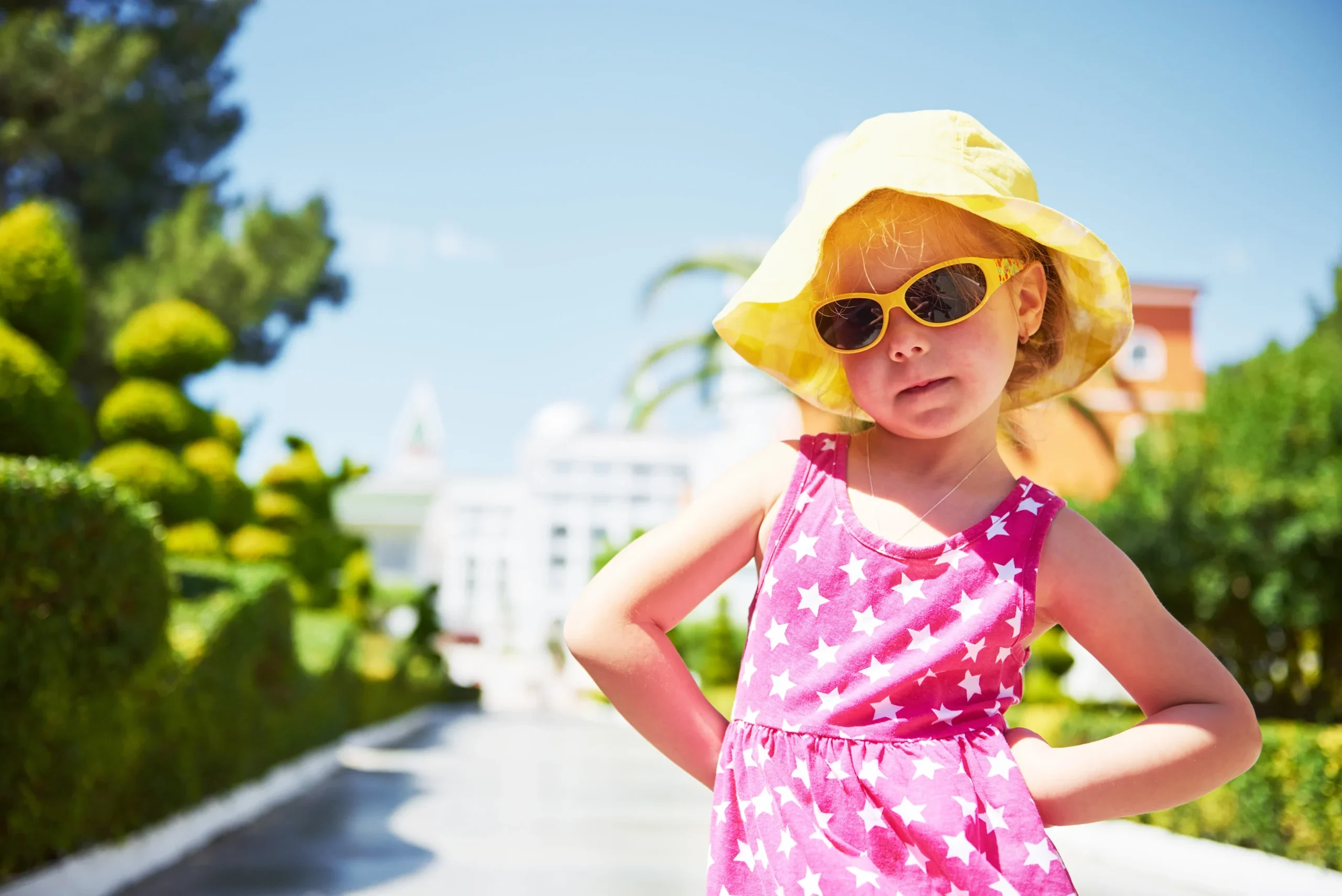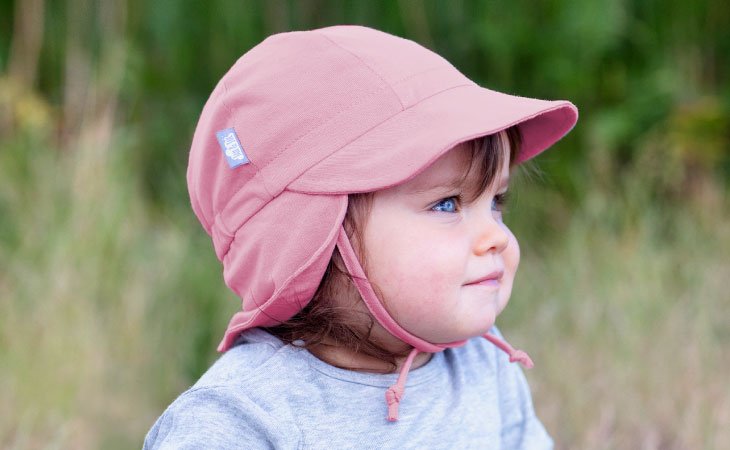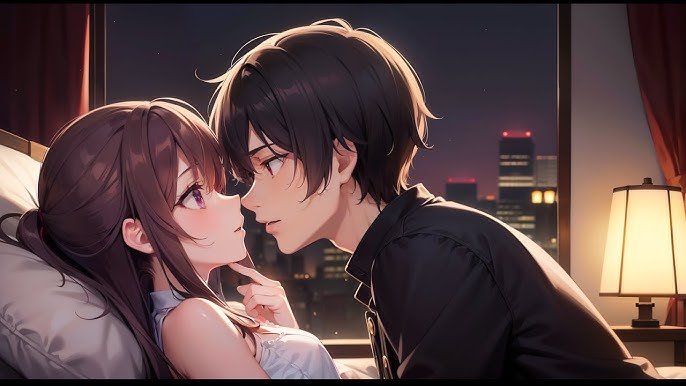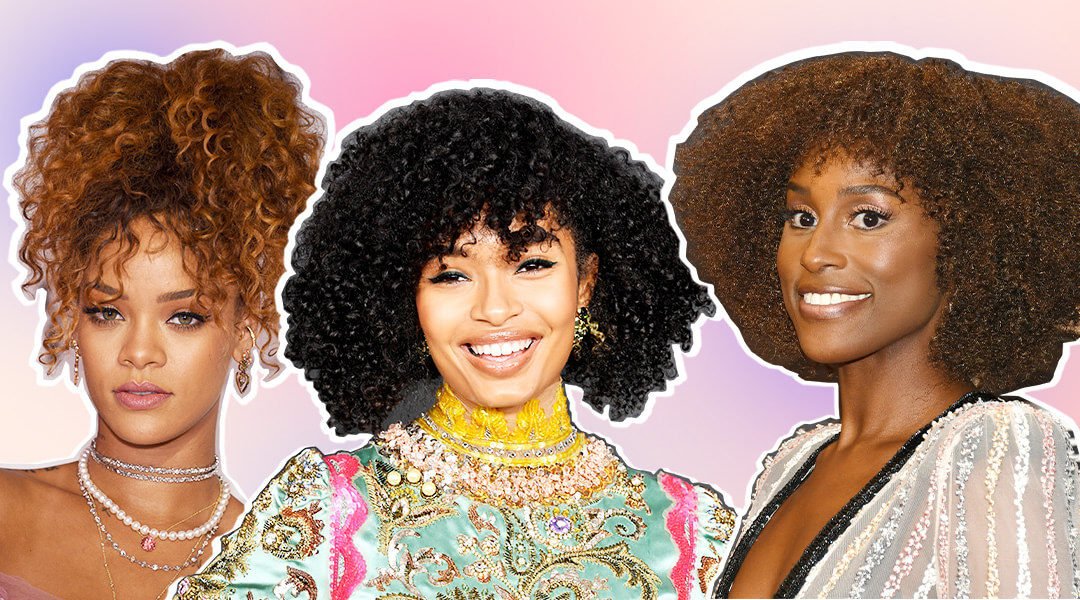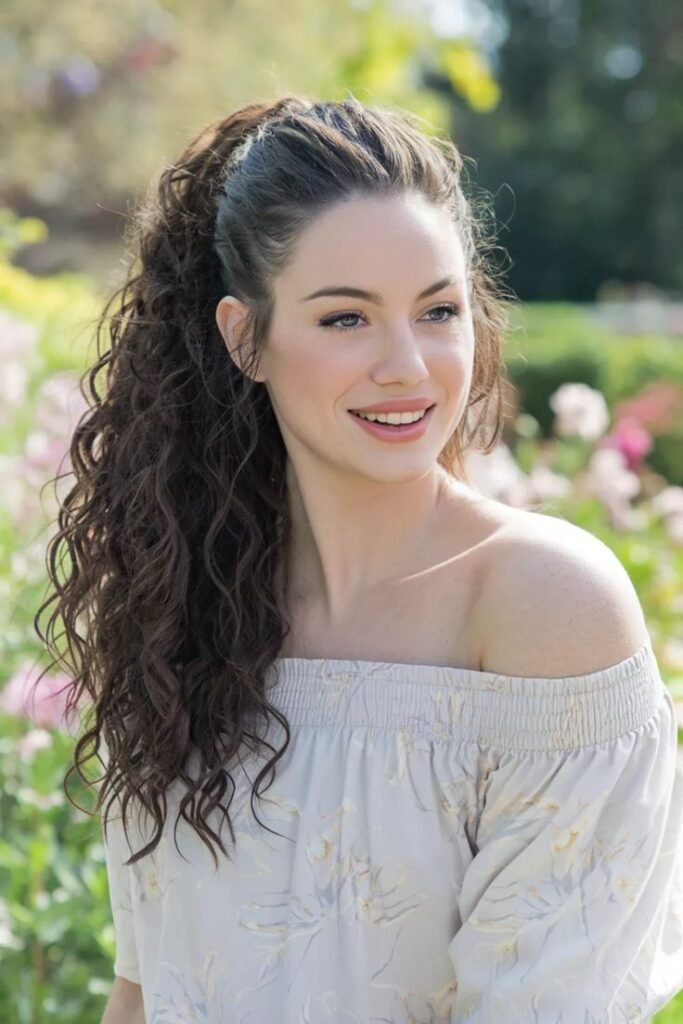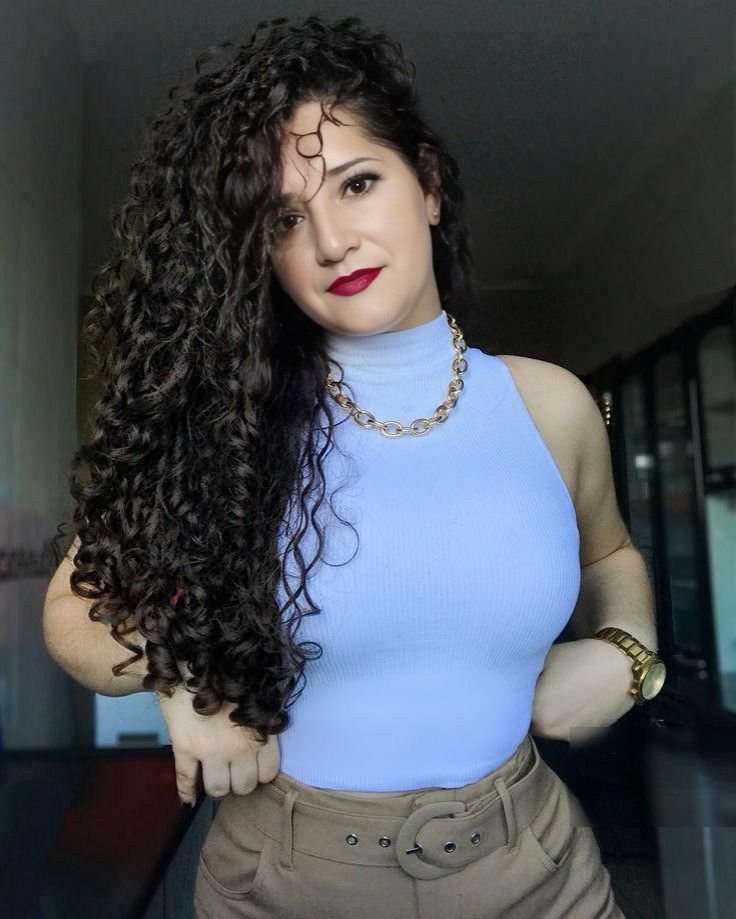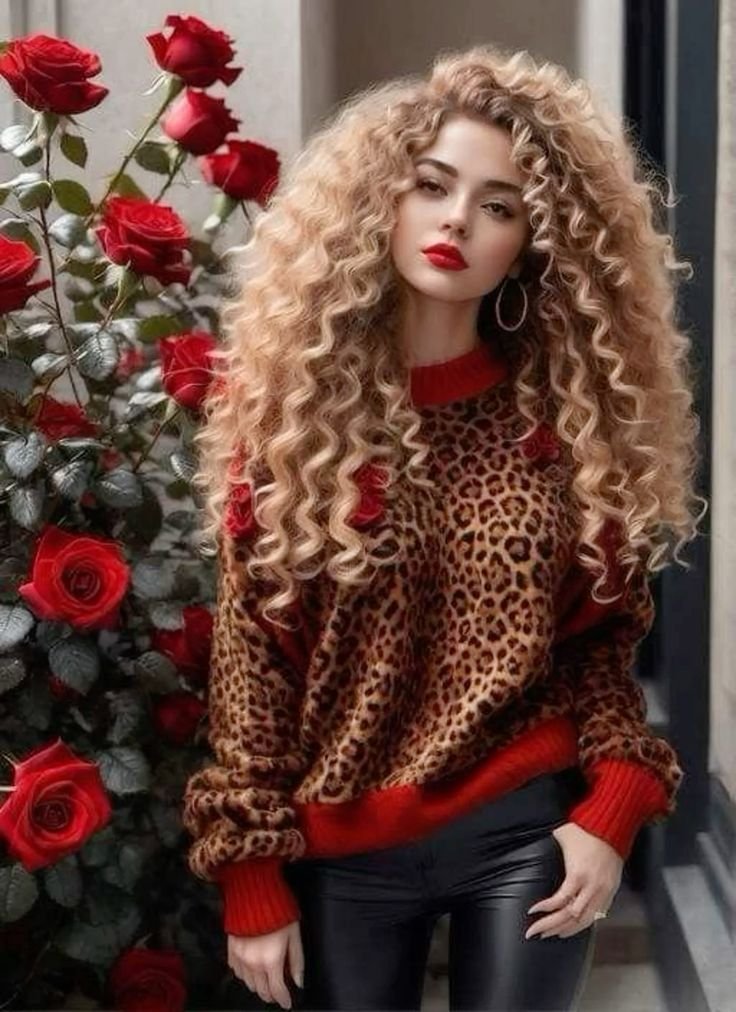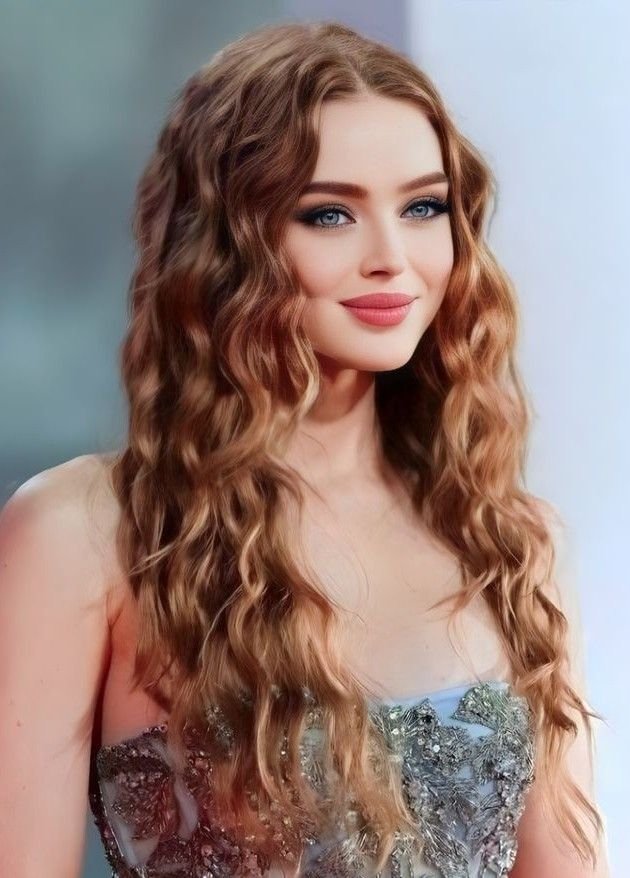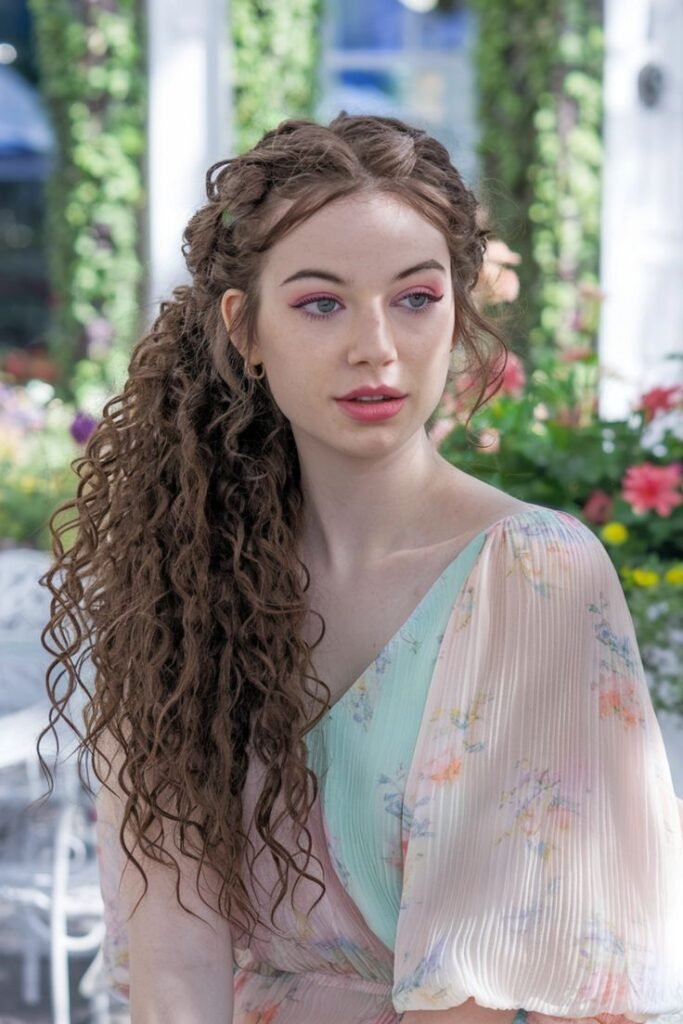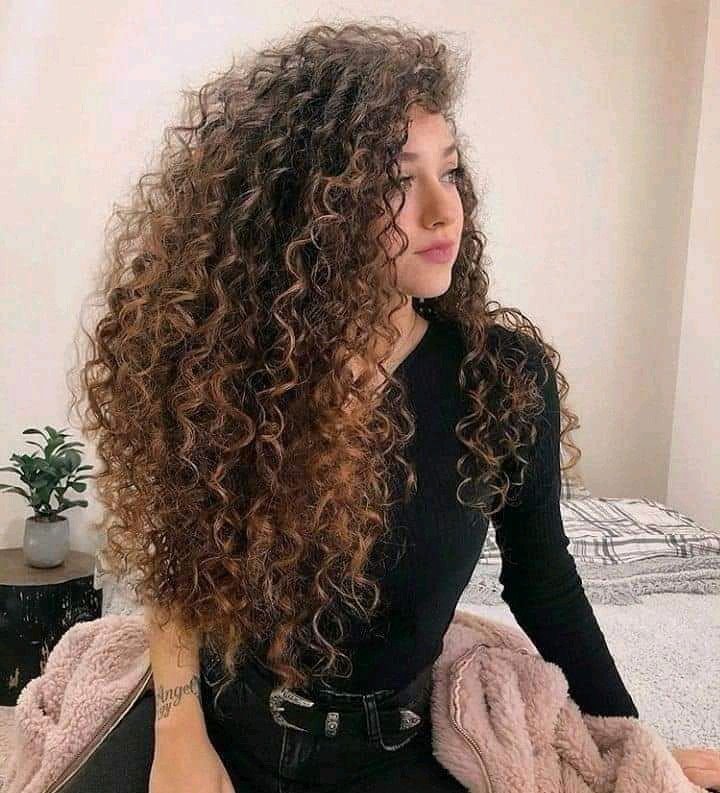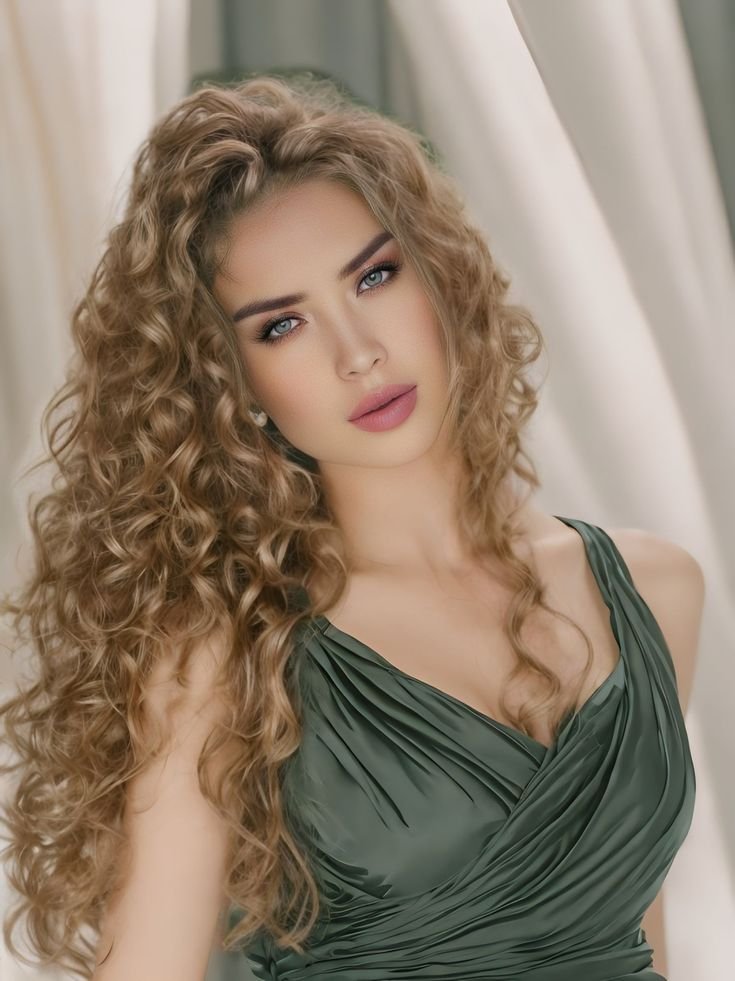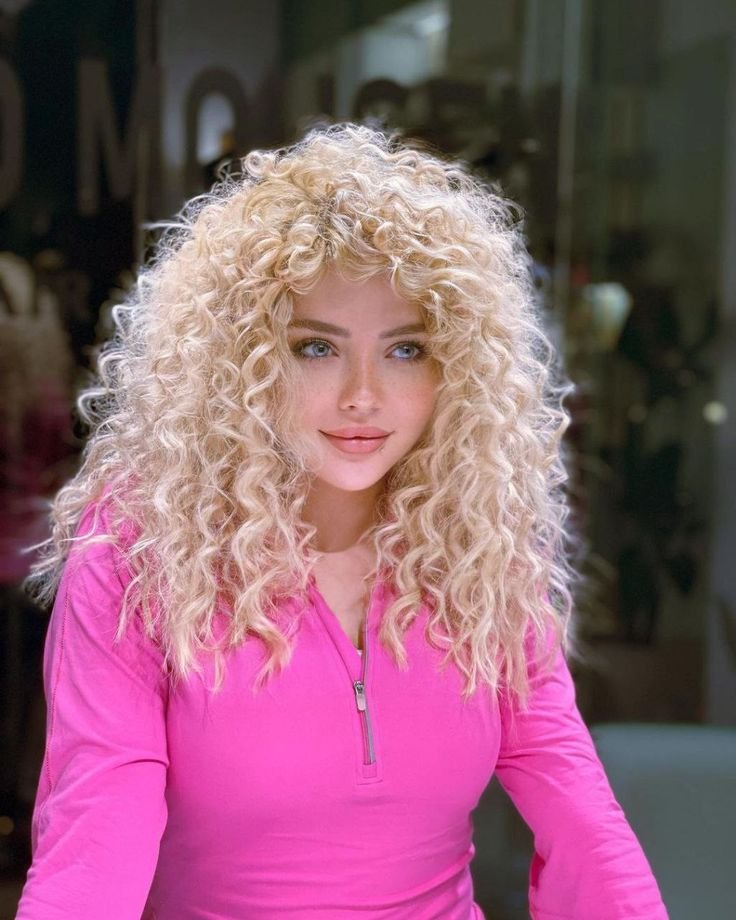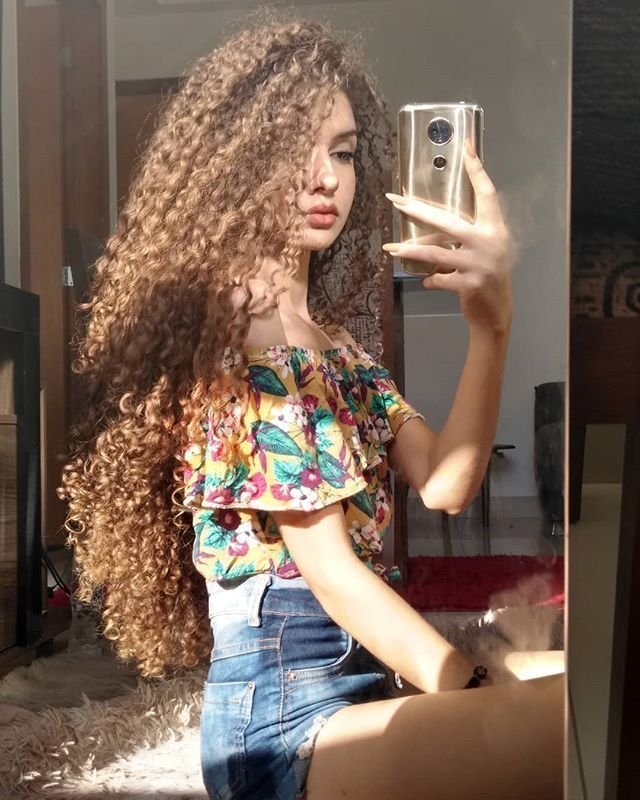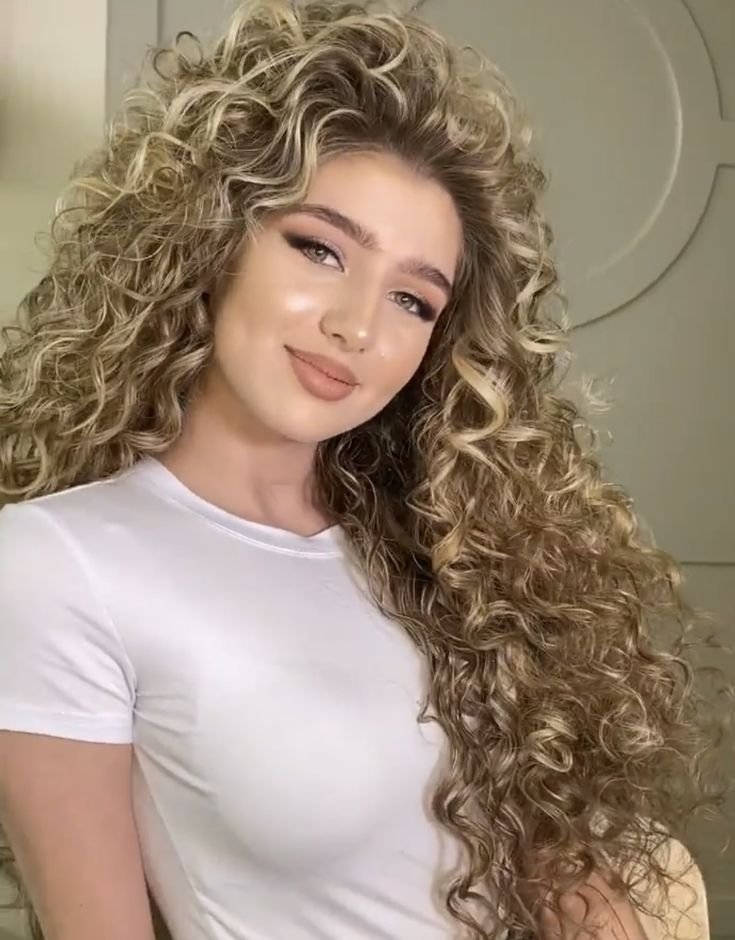Curly hair has long stood as one of nature’s most expressive and misunderstood textures. Often admired for its volume and shape, yet just as often underestimated for its complexity, curly hair is a crown of personality that reflects more than aesthetics—it tells a story. In modern beauty culture, this story is becoming one of liberation, care, and celebration. As more people shift away from trying to change their natural textures, curly hair is experiencing a renaissance, becoming a centerpiece of individuality and cultural pride.
The Emotional Connection Behind Curly Hair
Curly hair is more than just a style or type—it’s an emotional experience. From childhood, many curly-haired individuals grow up with a complicated relationship with their hair. Some are praised for their bouncy locks, while others are taught to straighten, flatten, or hide them to meet societal expectations. Over time, these early experiences shape one’s perception of beauty and self-worth.
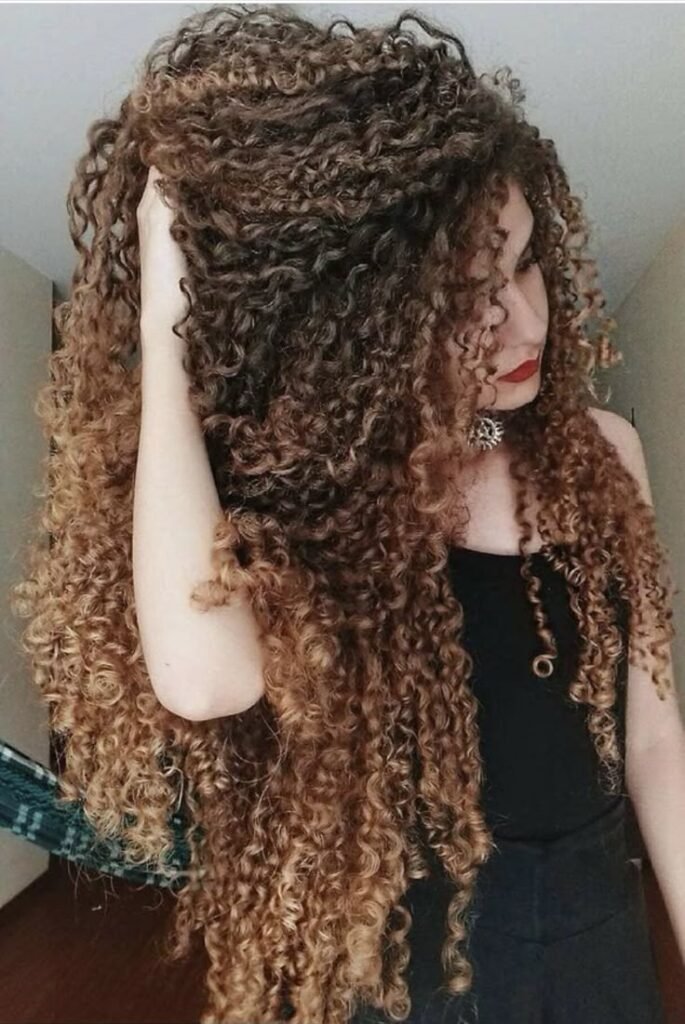
As adults, reclaiming natural curls can be a deeply personal transformation. It’s not just about switching shampoos or tossing out flat irons—it’s about letting go of insecurities that were conditioned by years of unrealistic standards. The first time someone wears their natural curls in public, they may feel nervous, even exposed. But as the journey continues, what once felt like a burden transforms into a badge of confidence. This emotional evolution marks one of the most beautiful aspects of embracing curly hair—it’s a journey of becoming more yourself.
The Invisible Labor Behind Every Curl
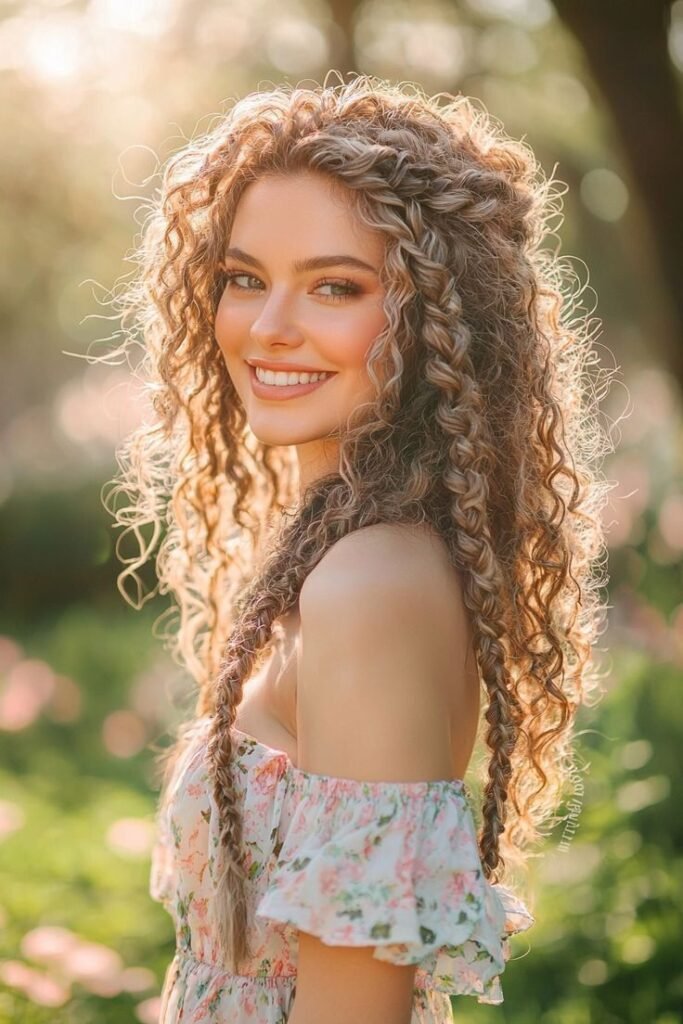
While curly hair is often praised for its beauty, what remains invisible to most is the time, effort, and knowledge it requires. Unlike straight hair that may be easier to brush, wash, and style without much thought, curls demand a tailored approach. Every curl type behaves differently depending on weather, moisture, and styling technique. What works for one person may completely fail for another, even if their curls appear similar.
For many, learning to manage curls involves unlearning years of misinformation. It starts with identifying the curl type, understanding porosity, and figuring out how the hair reacts to certain ingredients. From there, it’s a process of trial and error—finding products that define curls without weighing them down, locking in moisture without causing buildup, and styling in a way that enhances the natural texture rather than fighting it.
This labor may seem like a burden, but for those who embrace it, it becomes a ritual. Wash days, once dreaded, become self-care routines. Deep conditioning sessions turn into moments of mindfulness. This relationship with curly hair is built on patience and respect, making every good hair day a personal triumph.
Breaking the Beauty Mold in Media and Fashion
Historically, curly hair was often sidelined in mainstream fashion and beauty narratives. Models and celebrities with textured hair were frequently asked to straighten their curls for magazine covers or red carpet events, reinforcing a narrow definition of what was considered “polished” or “professional.” This lack of representation sent a message to the public: that straight hair was synonymous with success and beauty, while curls were casual, messy, or wild.
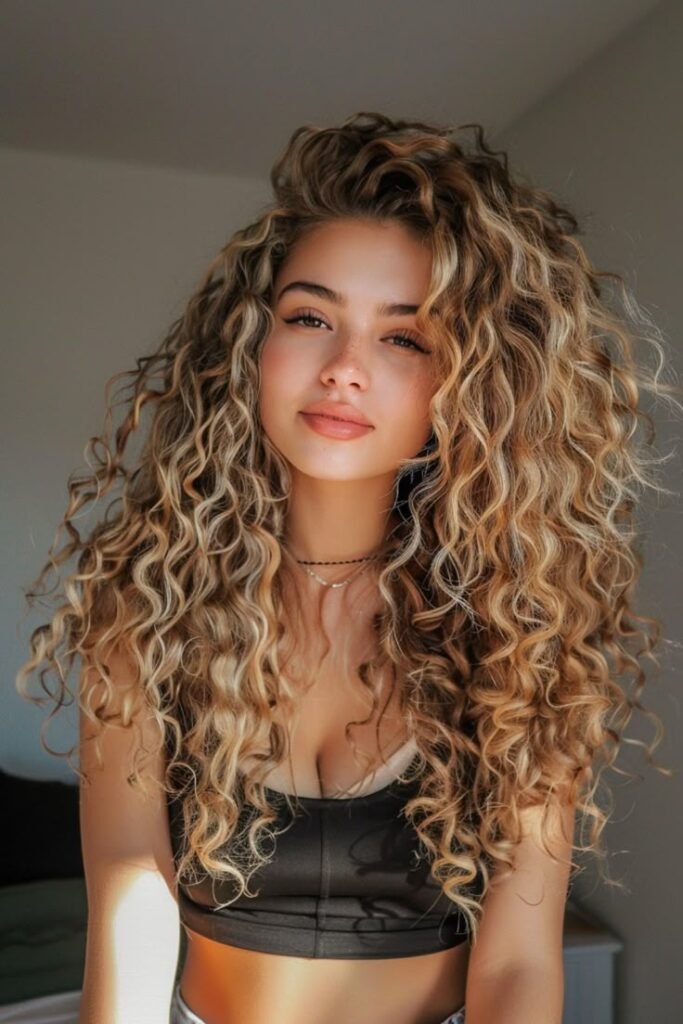
However, the tide is turning. Over the past decade, media has gradually embraced diversity in hair textures. From blockbuster films to high-end fashion campaigns, curly-haired models and actors are now showcased in all their natural glory. This visibility is powerful. When young people see characters and influencers who look like them, they begin to internalize the idea that their natural features are not only acceptable but beautiful.
Fashion designers are also getting more intentional in their casting. Runway shows now include models with diverse curl patterns, from loose waves to tight coils, styled to celebrate rather than conceal their natural texture. This shift is not merely cosmetic—it challenges deep-rooted norms and makes space for authenticity in beauty.
Curls and Culture: A History of Power and Resistance
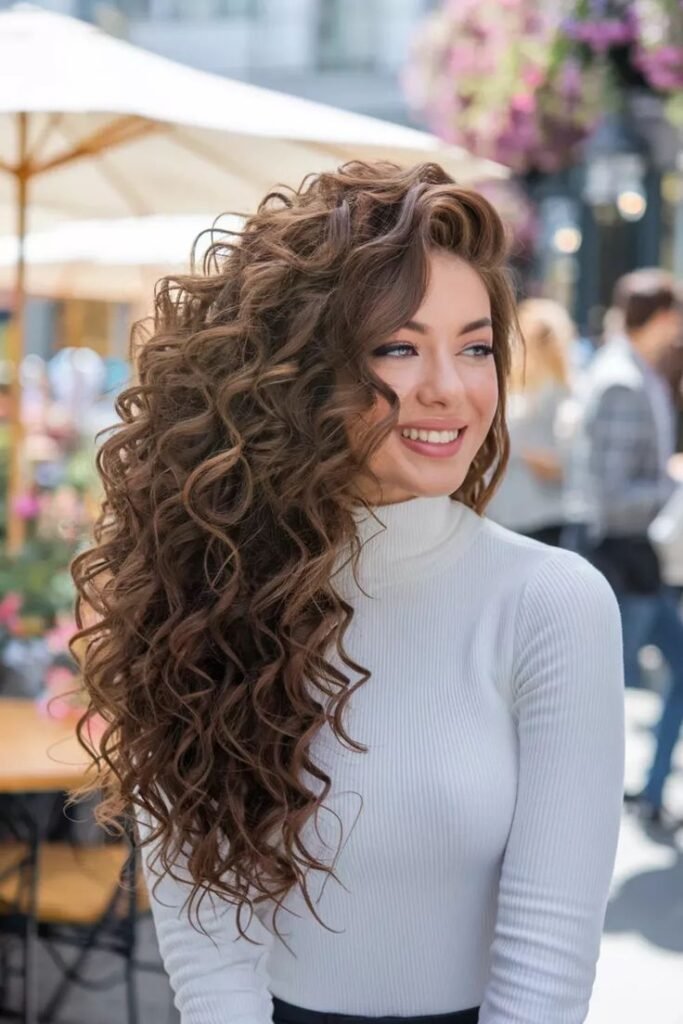
Curly hair, particularly in its coily and afro-textured forms, holds cultural significance in many communities around the world. In African, Caribbean, Latinx, and Indigenous cultures, curls are often seen not only as an aesthetic but as a connection to ancestry, heritage, and identity. Hairstyles like cornrows, bantu knots, and twist-outs are rooted in tradition and carry meanings that go far beyond fashion.
Unfortunately, history has not always been kind to these expressions. During colonial times and into the modern era, people with curly or kinky hair were often subjected to discrimination, microaggressions, and policies that labeled their hair as “unprofessional” or “unruly.” In schools and workplaces, many were forced to conform to Eurocentric grooming standards, erasing a core part of their identity in the process.
Today, wearing curly hair in its natural form is an act of resistance and empowerment. It’s a way of reclaiming cultural narratives and asserting the right to be seen and respected without altering one’s appearance. As more people embrace this mindset, a broader social awareness is emerging—one that recognizes the importance of inclusivity and the need to challenge bias in every corner of society.
The Science Behind Curly Hair and How It Shapes Care
Curls are formed due to the shape of the hair follicle and the way keratin proteins are distributed within the strand. A round follicle produces straight hair, while an elliptical or asymmetrical follicle results in waves or curls. The tighter the curl, the more asymmetrical the follicle tends to be. This structure also affects the way the hair behaves—it bends more, holds more volume, and loses moisture more easily.
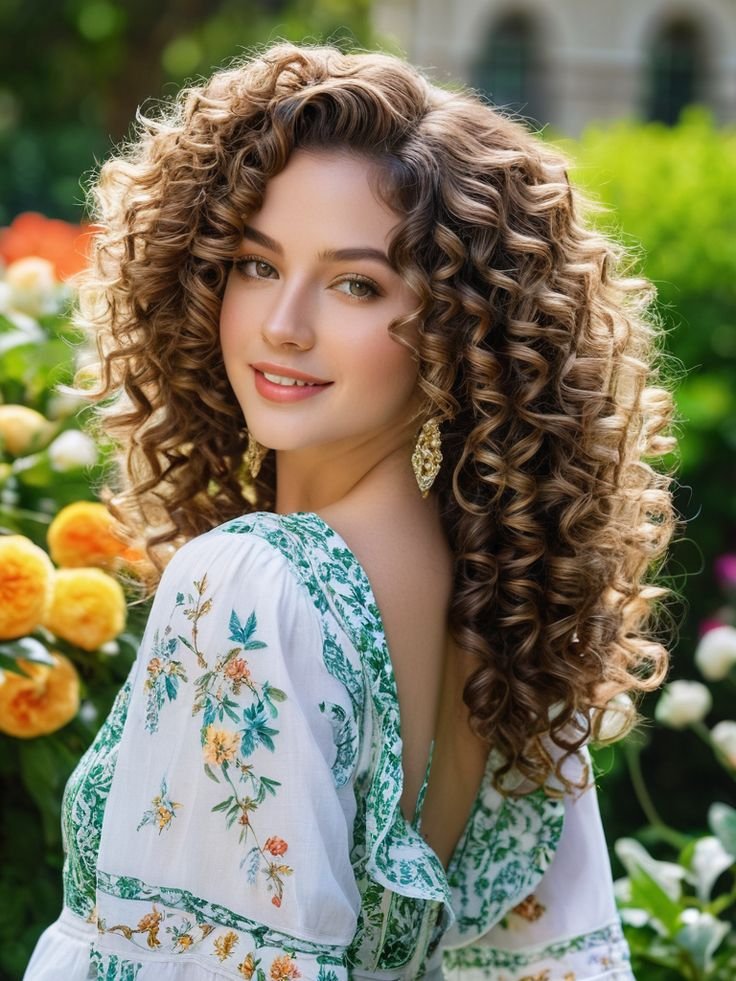
Understanding this scientific foundation is crucial when choosing products and routines. Because curly hair is more prone to dryness and breakage, it benefits from hydration-rich treatments and protective techniques. Water is a friend to curls, and sealing in that moisture with oils or creams helps to maintain softness and elasticity.
Heat styling and chemical treatments can alter the curl pattern permanently or temporarily. Repeated use of flat irons or color treatments may cause heat damage, resulting in limp curls or uneven texture. For this reason, many people on their natural hair journey avoid harsh processes altogether and instead focus on restoring their natural pattern through deep nourishment and minimal manipulation.
Changing Generational Narratives About Curly Hair

In many households, the conversation around curly hair is evolving. Where older generations may have once prioritized straightening or relaxing their children’s hair for manageability or societal acceptance, newer generations are making a conscious shift toward embracing and teaching curl care from an early age.
This change begins at home. Parents are learning how to properly detangle, moisturize, and style their children’s curls without causing pain or shame. Instead of forcing a child to “tame” their hair, the goal now is to help them understand it, love it, and feel proud of it. Storybooks, dolls, and cartoons are increasingly depicting curly-haired characters, reinforcing these positive messages in early development.
This generational shift is essential. When children grow up hearing affirmations like “Your curls are beautiful” or “Your hair makes you unique,” they carry that confidence with them into adulthood. And when entire families adopt this mindset, it plants the seed for cultural transformation.
The Rising Demand for Curl-Specific Education and Professionals
While the beauty industry is catching up to the curly hair movement, there’s still a noticeable gap in education. Many cosmetology schools focus heavily on straight-hair techniques, leaving stylists underprepared to handle textured hair. This lack of training results in unfortunate experiences for clients who walk into salons expecting care and leave with damage or disappointment.
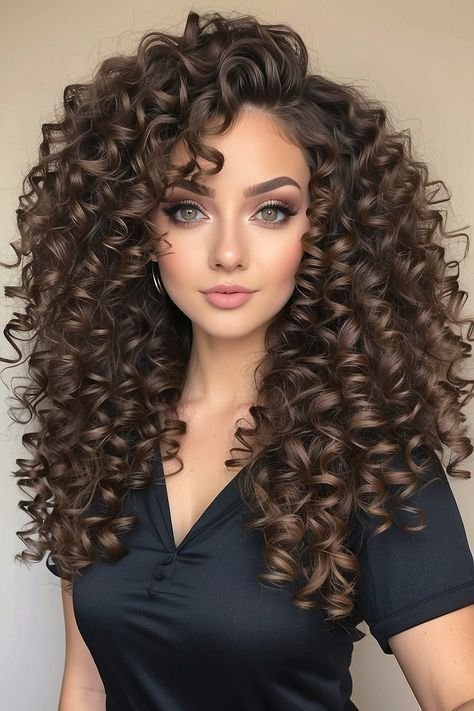
To address this, a new wave of curl-focused education is gaining momentum. Stylists are now seeking out specialized certifications in curly hair cutting, coloring, and care. These programs emphasize texture-specific knowledge, teaching professionals how to work with rather than against the natural pattern.
Online courses, masterclasses, and in-person workshops have become popular avenues for learning. As a result, a new generation of hairstylists is emerging—one that values inclusivity and is equipped with the tools to treat every curl type with expertise and respect.
Empowerment Through Curl Ownership

There is an undeniable power in owning your curls. It’s more than a trend or aesthetic choice—it’s a commitment to authenticity. In a society that constantly pushes perfection, wearing natural curls is a declaration that says, “I am enough as I am.” This message resonates deeply, especially in a time where social media filters and beauty modifications are so prevalent.
Curly hair invites people to connect with their truest selves. It teaches resilience—how to bounce back after bad hair days. It teaches creativity—how to style, nourish, and care for something so dynamic. And most importantly, it teaches self-love—the kind that isn’t rooted in comparison but in acceptance.
Conclusion: The Infinite Beauty in Every Curl
Curly hair is a gift that comes with layers—of shape, of texture, of meaning. It tells the world something about the person wearing it: that they are bold, original, and unafraid of standing out. As beauty standards continue to evolve, curly hair is no longer being asked to fit in—it is setting the standard itself.

